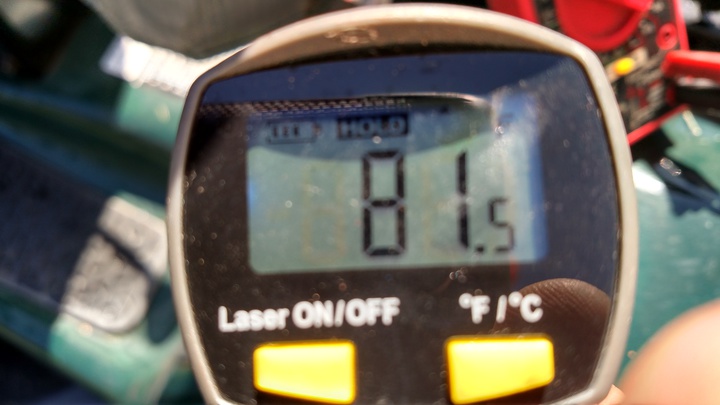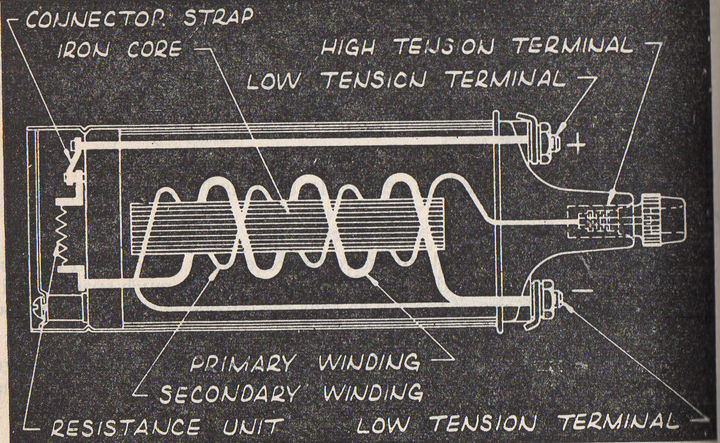Just in case the post I put in the restoration
thread gets lost in space.
Back in the "old days' of autos, many companies
used ignition coils with built in ballast
resistors and sometimes built in capacitors.
Delco, Atwater-Kent, and Remy certainly had
them. In the 1930s - Delco listed four
different type coils.
#1 ROUND TYPE WITH STRAW-COLORED SHELL - has no
condensor or resistor built in.
#2 ROUND TYPE WITH BLACK SHELL - built in
resistance unit but no condensor
#3 D-TYPE WITH BAKELITE SHELL - resistance unit
built into top of coil can.
#4 d-TYPE WITH BLACK SHELL - condensor and
resistance until built into end of coil can.


thread gets lost in space.
Back in the "old days' of autos, many companies
used ignition coils with built in ballast
resistors and sometimes built in capacitors.
Delco, Atwater-Kent, and Remy certainly had
them. In the 1930s - Delco listed four
different type coils.
#1 ROUND TYPE WITH STRAW-COLORED SHELL - has no
condensor or resistor built in.
#2 ROUND TYPE WITH BLACK SHELL - built in
resistance unit but no condensor
#3 D-TYPE WITH BAKELITE SHELL - resistance unit
built into top of coil can.
#4 d-TYPE WITH BLACK SHELL - condensor and
resistance until built into end of coil can.



